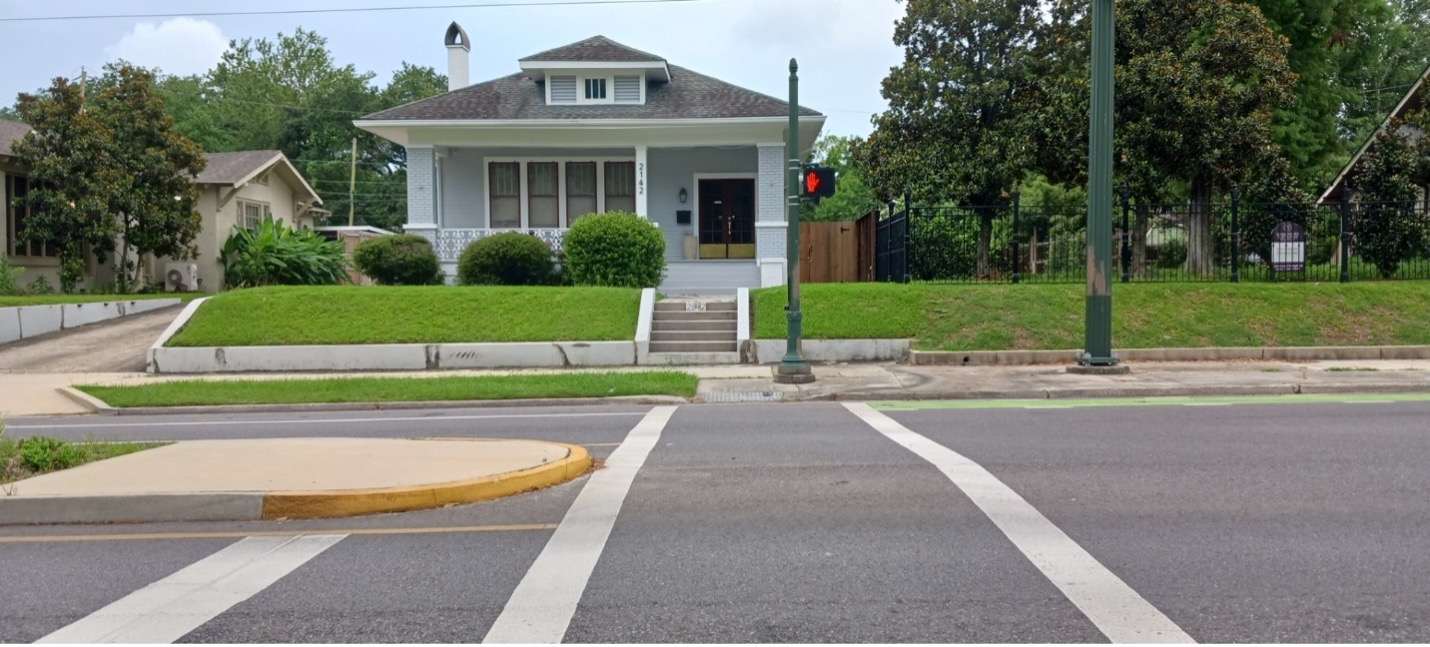Baton Rouge’s Complete Streets Policy is Now Enforceable by Law
Ten years after Baton Rouge developed a “complete streets” policy, the Metro Council unanimously voted to elevate it to an ordinance, enforceable by law, to help make streets safer and reduce pedestrian fatalities.
The term “complete streets” refers to an approach to city planning that requires streets to be designed, operated and maintained to enable safe access for all people who use them, including bicyclists, drivers and pedestrians of all ages and abilities.
In 2014, the City-Parish adopted a Complete Streets policy requiring updated design guidelines that, in turn, require planners and engineers to consider context-sensitive solutions for accommodating pedestrians, cyclists, motorists and more. A Complete Streets policy is an acknowledgment that a street’s role is to build communities, not simply to move cars. The Complete Streets ordinance now becomes another tool for Baton Rouge to make our City and Parish more livable.
Each project in the MOVEBR program is planned and designed using these updated guidelines as required by the Complete Streets policy; however, not every street will look the same. For example, a slow speed urban street may include narrow lanes, no median, on-street bike lanes and wide sidewalks, compared to a moderate speed suburban roadway that requires more separation between transportation modes to increase safety, such as including a median, raised, one-way cycle tracks in each direction that are buffered by green space and sidewalks.
The MOVEBR program vision is to be the industry standard of excellence when delivering transportation solutions that will move our region forward in a safe, sustainable manner and enhance strong neighborhoods, communities and economic vitality for all East Baton Rouge residents. Complete Streets policy implementation in the planning, design and construction of these projects is helping make this vision a reality.

